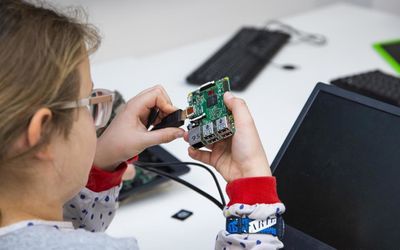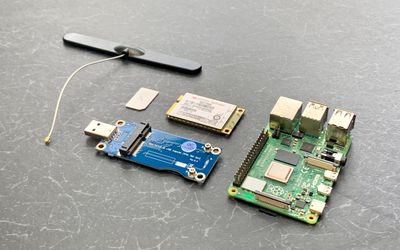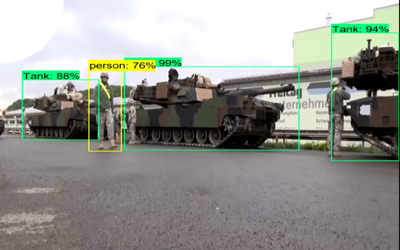PiKon: A 3D Printed Celestial Observer Telescope
A DIY 3D printed Raspberry Pi Camera telescope to observe and capture celestial objects.
Specifications
| Project Type | Open-source |
| Applications | Capturing detailed images of celestial objects |
| Telescope Design | Newtonian, with the eyepiece replaced by a no-lens Raspberry Pi Camera |
| Focal Length | 80 |
| Objective Lens Diameter | 113 |
| Maginification Factor | 160 times (theoretical) |
| Casing | Pimoroni Ninja Casing |
Overview
Celestial Observer for the Night
The telescope works best at night as the user can zoom in on and take pictures of celestial bodies. The project is open-source, so everyone can join in and contribute. Users can download the .stl files from the PiKon website and create custom models. PiKon assembling kits are also available for those who don’t have 3D printing equipment.
A Design Based on a Newtonian Reflecting Telescope
The design of the PiKon telescope is similar to that of the Newtonian reflecting telescope, but there’s a slight modification. Instead of the conventional eye-piece and a 45-degree mirror to observe the image, the telescope features a Raspberry Pi Camera with no lens.
The 45-degree mirror in a conventional telescope is replaced by a same-sized printed circuit board (PCB). With no lens, the camera sensors are exposed to receive the images transmitted by the objective mirror.
The objective mirror has a diameter of 4.5 inches (113mm) and a focal length of almost 800mm. Considering the size of the Pi sensors (about a tenth of a 35-mm film), its magnification factor comes out to be 160 times, 16 times greater than a conventional telescope.
The Pi camera offers a broader view field of about ¼ degree.
Latest Developments in the 3D Printed Raspberry Pi Camera
The latest Raspberry Pi camera offers battery imagery than the previous models. It features Sony IMX477R, a 12.3 MP sensor, offering much better control and performance.
The previous Pi Camera model had 25mm x 25mm PCB, which can now be replaced by 38mm x 38mm PCB. To make the new camera sensor compatible with the existing builds, PiKon has designed a 3D-printed adaptor - two rectangular components attached with M2.5 screws. Users can download the .stl files from the PiKon website.
These components are attached to the black plastic bar serving as the camera mount, securing the Raspberry Pi Camera in its place.
Versatile Design for External Integrations
The PiKon telescope has been evolving and undergoing changes as an open-source design. New models feature a Pimoroni Ninja Pibow case that supports Pi4, Pi3, or older cameras. Users with old PiKon builds can download STL files and 3D-print this casing.
Furthermore, users can follow Pate’s PiKon design, which is completely motorized. Users can also take a 3D print of PiKon’s newly released alignment tool to adjust the mirror.
References
Tags
3D PrintingRaspberry Pispacetelescopes








